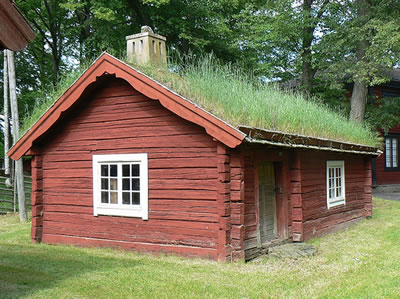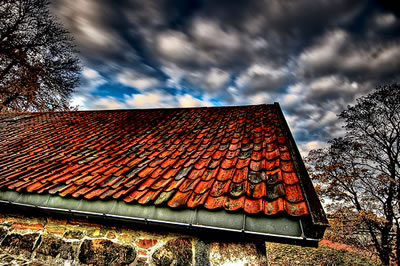With energy prices continuously rising, it’s never been more important to have the best insulation in your home. Having an energy-efficient home means using every possible tool to keep the heat in.
In the UK, the best insulation is found using a variety of methods and roof material plays a pivotal role.
Approximately 25% of energy escapes through the roof. So by ensuring you have proper insulation and the right roofing materials, you can make a very real difference.
There are a wide range of different roof materials to pick from; here’s how they compare when it comes to their insulation qualities.
Composite Shingle
An affordable and popular type of roofing, low maintenance and easy to install.
However, there are environmental concerns. These shingles are made from petroleum and have poor durability.
They also require a very precise temperature range during installation . Too hot, the shingles become too pliable and can become damaged as they are handled; too cold, they won’t reach the required degree of elasticity and a proper seal will not be formed.
Asphalt roofing doesn’t insulate the home to any great degree, and hasn’t been shown to have any qualities which help conserve heat during colder weather.
Single Ply Membrane
Single Ply Membrane is incredibly durable with a long life span and optimum performance.
A big benefit is the easy installation which uses a hot air gun and adhesive, allowing the materials to bond quickly, forming a weatherproof and watertight seal.
Because the seal is so effective on a single ply membrane, it offers superior sound insulation as well as heat preserving qualities. The relfective finish can also help to keep a house cool during the warmer months.
A single ply membrane can operate in a wide range of temperature once installed. It won’t lift, blister or degrade in higher temperatures. This is in direct contrast to materials such as asphalt where cracking and splitting often occurs when the temperature rises.
If you are considering a green roof, a single ply membrane makes an excellent base, providing the best insulation effects.
Green Roof
Green roofs don’t just provide welcome relief from rows of drab roofs; they also have a number of practical benefits when compared to other roofing materials.
Starting with a base of waterproof membrane, a green roof involves grass, plants and other living materials which grow to create a decorative yet functional barrier between the elements and the roof structure.
Green roofs reduce the risk of flooding by acting as a sponge to soak up precipition. This has the added effect of preventing water running down the walls, which can help to keep the cold out.
Green roofs also act as an external layer of insulation, keeping the house warm in colder weather as their temperature is more constant. This extra insulation can also improve the sound proofing too.
Conclusion
Whilst traditional roof materials such as asphalt and composite shingles remain popular, they can degrade and perform poorly in colder climates. Single ply membranes or even green roofs are the choice of many professionals and can deliver significant heat conversation qualities for homes in colder weather.
Image credits: Coolstock and Phototouring




